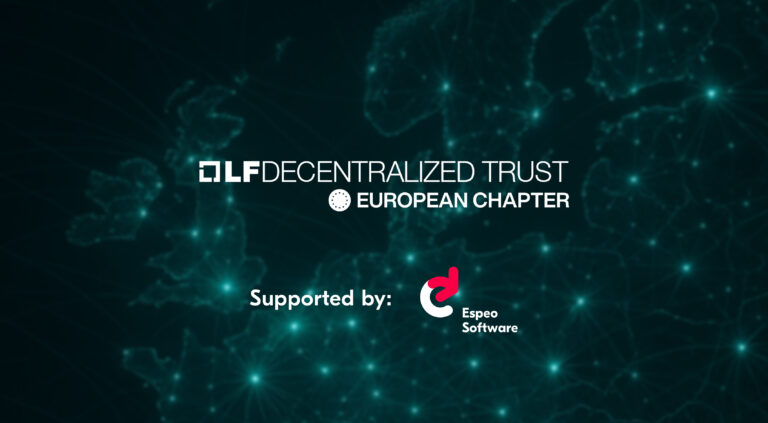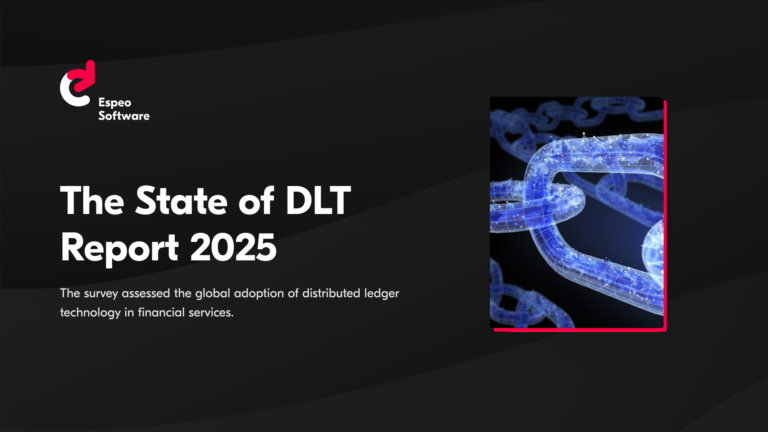You may be fascinated by blockchain technology, hearing about all those ground-breaking projects, and thinking about bringing it to your organization.
But some questions should pile up:
- What is the right case to start the blockchain project?
- Will it work for my organization?
- Will the blockchain network work as a part of my product?
If you have worked in the business for some years, you probably know there are rarely simple yes or no answers to the questions. Having said that, if the idea is: let’s take any relational database and change it into a blockchain network, the response in 99,9% of cases is: “no”.
Let’s take together six steps to assess six aspects that help indicate if the organization is ready for the blockchain project.
Here are the steps:
- Consortium
- Company organizational complexity
- Database vs blockchain
- Trendsetter or follower
- One source of truth
- If… then…
And then as a bonus topic, we will mention the easiest way to decide between a public and a private network.
Blockchain supports consortia
A consortium is a way for businesses to join forces and reach goals they can not reach by themselves. In a consortium, trust needs to be gained, so it’s beneficial when the technology guarantees transparency and follows the rules. A distributed ledger is a way to achieve that.
What is essential, in consortium there is no typical hierarchy, and, thanks to blockchain, equality is also maintained on the data level. Each participant has the same rights to read and write information and has the right to monitor the actions of other participants – blockchain nodes are equal, and the data history is transparent.
There are situations where not all data should be shared between all participants. Selected groups within the consortium may exchange data only between them. It is also one of the enterprise-friendly features of the Hyperledger Fabric network.
Handle complexity with blockchain
Complex technical and organizational structures are complicated and sometimes almost impossible to unify. There is no need for that with blockchain. Blockchain network nodes operate in local environments, while data consistency and immutability are ensured globally.
That is often the case for enterprise companies, which have 100+ branches worldwide and face troubles with managing internal processes engaging many departments.
This complexity of structure and independence of branches may be a way to obtain local auditability and accountability. Each of the separate organizational units follows local compliance standards and is responsible for its data. In the case the database is centralized there is a unit being the global data owner, and that can result in an additional organizational burden and an increased risk factor.
Blockchain or database is a go-to solution depending on the business case
Answering “yes” to the following questions is a good indicator to start using blockchain:
- Are data integrity and a tamper-proof solution crucial for the project?
- Does each member need their own copy of the data?
- Does every reader and writer require a transparent and easily accessible data history?
- Should data be processed automatically according to agreement terms enforced independently?
The “yes” answers you gave specify features that get many blockchain projects going.
Positive answering to the following questions is a good indicator that the centralized database should be used:
- Is a single entity responsible for the data, and is it controlling dataflow?
- Are data performance and data search the core of the system?
- Does each participant exchange data only with the central party?
- Do large quantities of graphics, movies, and other non-transactional data need to be stored?
Notice that question 4 is tricky. The answer may be yes for the tokenization process, and you still use blockchain with the support of IPFS technology, for instance.
Generally, if you said yes to some questions from the second section, analyze all other aspects presented in the article to decide if blockchain or other technology is what your project needs.
Blockchain is used by trendsetters and followers
For trendsetters, a blockchain project is a way to differentiate themselves and be one step ahead of competitors – enterprise blockchain with a mature ecosystem is a great way to be bold and to get momentum before others in the industry. Blockchain technology brings value by, to mention a few, work automation, reducing intermediaries, and providing transparency. This is why being the first to start a DLT project is not about getting good publicity, but it doesn’t hurt.
Followers are the companies that implement what others in the industry tested and succeeded in. Even if the company is very cautious toward new trends, it is still aware of the need to follow modern technological trends. There are multiple blockchain projects in various industries, and understanding use cases in yours is a way to get battle-tested blockchain benefits for your use.
Undisputable data state gives blockchain network an upper hand
Dealing with multiple data sources from numerous stakeholders is a common issue – blockchain creates one immutable and trusted source of information for everyone, removing the need for a third-party intermediary.
In other words, a blockchain network is suitable for systems with no obvious authority or hierarchy between parties. However, there is a demand for one reliable source of information. Without clear authority, errors and omissions are hard to track, and establishing responsibility for updating data can be tricky. Blockchain creates a transparent ledger of all changes, hence data can not be altered or added arbitrarily without other parties knowing. If there is a need for the update it is clear who should be the one to add the new version. There is also no way to hide the time and date of the change.
Blockchain provides process execution in the data storage
Blockchain stores data, but it is also programmable, so to simplify: where there are if… then… rules, the chaincode (blockchain program) may deal with them. Smart contracts (blockchain-run programs) are as transparent as the network so that all participants can audit them.
Another significant change is that rules and agreements can be automatically executed and enforced. Agreements always have a risk level, and sides accept the risks or look for intermediaries to grant rules enforcement – blockchain smart contracts mitigate the risk due to the rules execution by independent technology.
Bonus: which network to choose
There is a big chance that having started to read about blockchain use cases and analyzing if that is something your organization is ready to work with, you heard about public and private blockchains. And regarding this aspect, I would risk a statement that you are in one of the three groups:
- That seems clear, there are some advantages of my preferred kind of network and I need to dig into it
- I know for sure which blockchain type is suitable for me
- No, not yet another thing to discover
If you are in the third group, look below, it can be that simple. If you are in groups 1 or 2, you may do that just to double-check.
First, a good blockchain company won’t let you choose the wrong kind of network; their reliability and business relationship are at stake.
Secondly, private blockchain networks, like Hyperledger Fabric, are a go-to solution for enterprise blockchain projects. They are built with corporate policies and internal regulations in mind. Moreover, when corporate data require secure storage within the organization – private permissioned blockchains are prepared for that. They identify and accept each network member before sharing the data.
Do you know if you are ready for the blockchain project?
Analyzing aspects of the use case against readiness for the blockchain project isn’t a simple task, but there is a group of indicators if the blockchain can bring value to your idea. I presented 6 of them with descriptions. I hope they helped you assess the general blockchain or non-blockchain direction.
Feel free to contact Espeo Blockchain to discuss your specific case. You can also dig deeper into the topic with our other blog posts:
- Blockchains versus databases — What’s the difference?
- Pros and cons of blockchain: Do I even need one?
- 8 no-nonsense use cases based on Hyperledger Fabric blockchain
This article was written by our Solutions Consultant Agnieszka Hołownia-Niedzielska.





